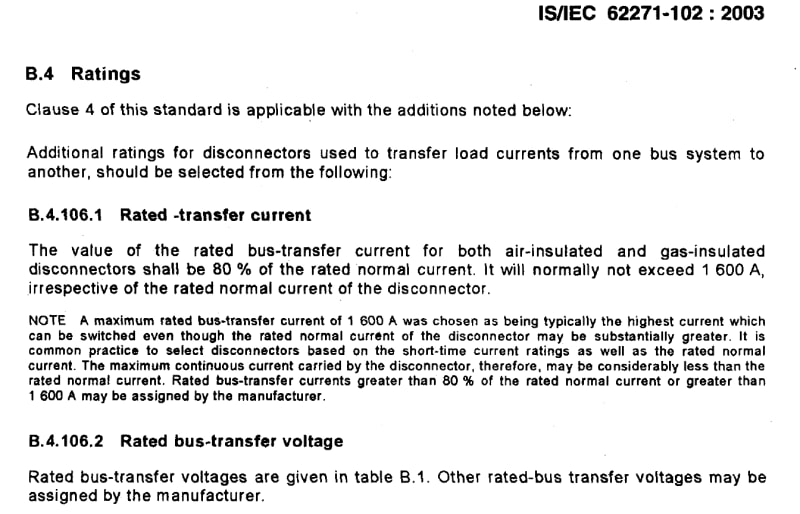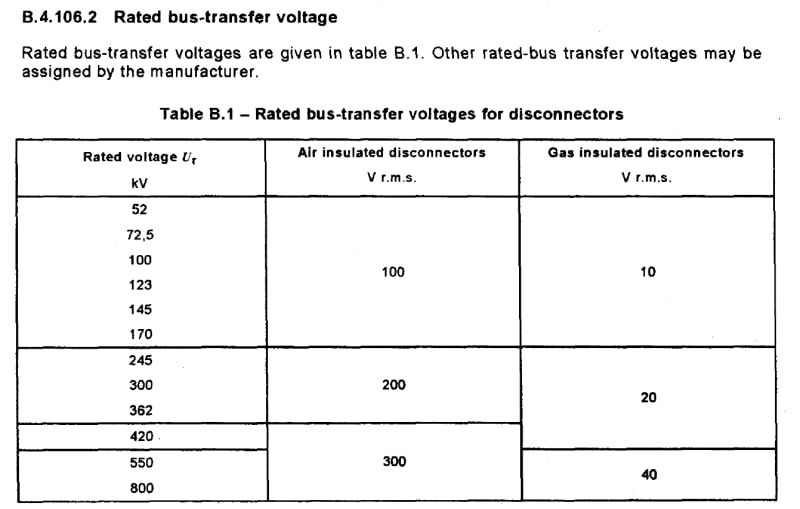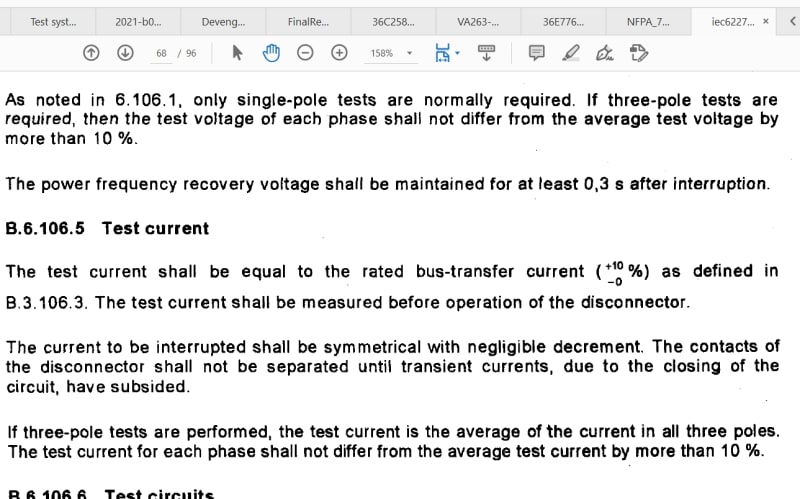Hi folks,
Please, find attached a double busbar configuration where the circuit-breaker that connects the busbars does not exist and the busbars connection is make by a normal disconnector, which is wearing out quickly.
The questions are:
1. Why this happens (disconnector wearing out so quickly)?
2. Is this normal disconnector applied wrongly?
3. What kind of disconnector shoud be applied in this case (specification)?
4. What kind of phenomena occur during disconnector operation?
Cheers,
Herivelto S. Bronzeado
Brasília, Brazil
Please, find attached a double busbar configuration where the circuit-breaker that connects the busbars does not exist and the busbars connection is make by a normal disconnector, which is wearing out quickly.
The questions are:
1. Why this happens (disconnector wearing out so quickly)?
2. Is this normal disconnector applied wrongly?
3. What kind of disconnector shoud be applied in this case (specification)?
4. What kind of phenomena occur during disconnector operation?
Cheers,
Herivelto S. Bronzeado
Brasília, Brazil



